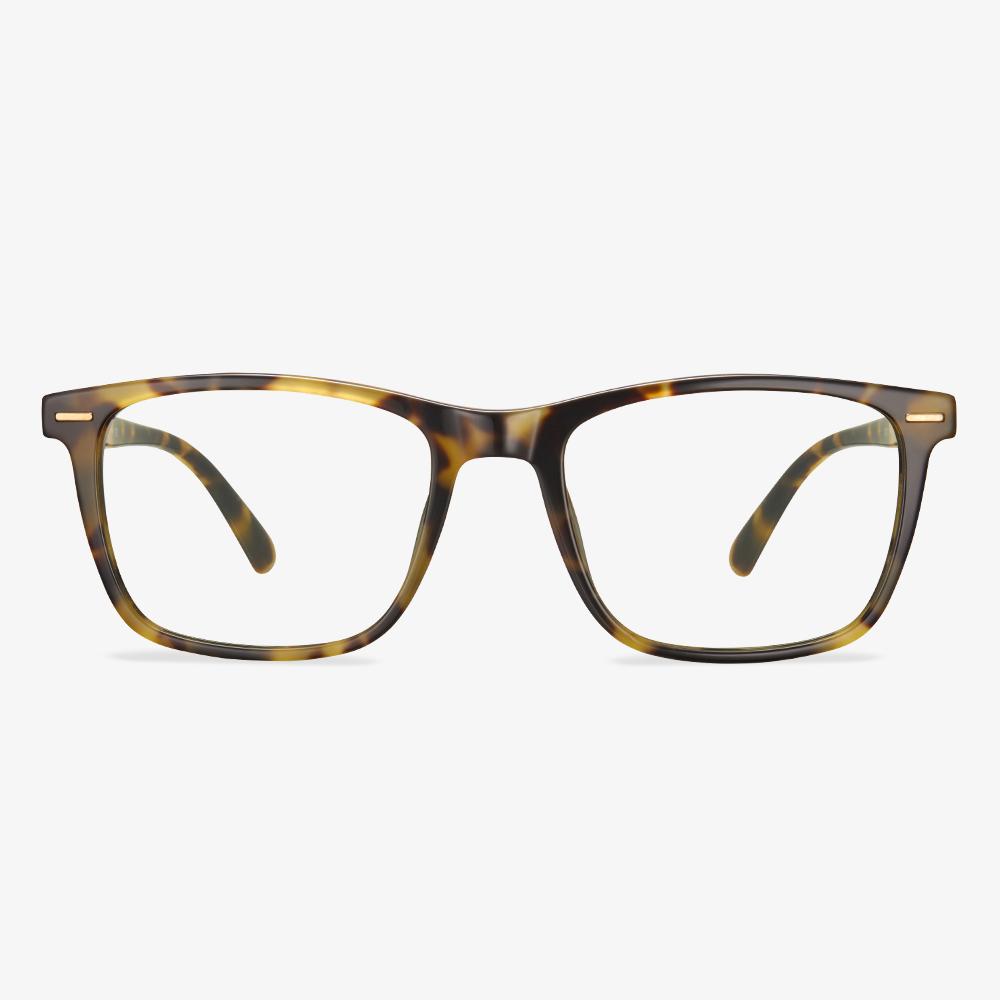Choose a good frame material
Each pair of glasses has its own characteristics and highlights. The frame itself is an ornament, playing the role of beautification. Today's plate spectacle frames are particularly popular with all kinds of people. Work is complicated and delicate, and design is diverse. Importantly, color and luster are good, not allergic. And it doesn't fade. It is also a high-grade frame. Both the grade and the design are very advantageous. Many brand glasses are made of plates. Some are made of high-grade plates. The appearance is beautiful and stylish.
Progressive lenses and single vision lenses
Single vision lenses are the most commonly used prescription lenses. This lens type has a single field of view or a prescription ability of the entire lens and can be used to correct myopia (nearsightedness) or hyperopia (supervision).
Progressive multifocal lenses are lenses with different upper and lower powers for the upper part to see far, and the lower part to see near. The distance from the fixed power above the lens to the fixed power below the lens does not change suddenly, but there is a gradual transition between the two through the gradual change in refractive power.
Persol
Founded by Giuseppe Ratti in 1917, Persol is a brand of glasses designed for pilots and race car drivers and is now known for its durable sports sunglasses. Persol is an Italian luxury eyewear brand specializing in the production of sunglasses and frames. It is one of the oldest eyewear companies in the world, originally catering to pilots and sports riders. Currently, the company sells durable sports sunglasses. Currently, all Persol plastic glasses are made in Italy using cellulose acetate. Persol has had an apparent influence in the sunglasses industry. It was Persol who pioneered the development of elastic frames.
The function of eyeglasses cloth
Under a powerful microscope, the fibers of the cloth are more closely arranged than those of ordinary cloth, and the material itself is softer than ordinary cloth. That's because eyeglasses under the eye are almost always coated, with each standard lens having seven layers of different functions on the front and back surfaces, to extend lens life. It can thoroughly remove the stubborn stains left on the lens to make the picture clear. It can clean all kinds of glass, resin, and other materials of glasses, glass mirrors, and other mirror surfaces, remove stains, and grease absorption.
Why should you choose thin lenses?
Regular lenses are great for low-prescription people, but for high-prescription people, high-prescription regular lenses are too thick and heavy, making them unattractive and have a poor wearing experience. For high-prescription people, we recommend that they choose thin lenses with a high refractive index because they are lighter and more attractive to wear. For any astigmatism above +3.00, we recommend 1.67 or 1.74 refractive index lenses because these lenses are aspherical in design, which means they are thinner, flatter, and lighter than standard spherical lenses, which reduces the magnification of your eyes to other people.
What Are Progressive Glasses?
Trifocal glasses and no-line progressive lenses are multi-focal glasses, meaning that their lenses offer multiple correction fields. Whether you have been wearing multi-focal glasses for a while, or you have just begun to look at options for correcting vision after 40 years old, you may have heard the terms trifocal or progressive glasses.
Progressive lenses offer a smooth transition from distance vision through intermediate vision to near vision, and they supply all the in-between corrections. Progressive lenses have three different viewing zones, as trifocal glasses do, and they have progressive powers of corrections, easing eye strain and providing the most natural vision correction.
Phone can identify polarized sunglasses.
Take a mobile phone with an LCD screen, turn it to maximum brightness, and look at the LCD screen through the lenses. Make sure the lenses are parallel to the display, and then slowly rotate the phone. When the true polarized lens is rotated at a certain angle, the light from the display becomes obviously darker, or even pitch-black. If they're not dark, they're not polarized sunglasses.











































